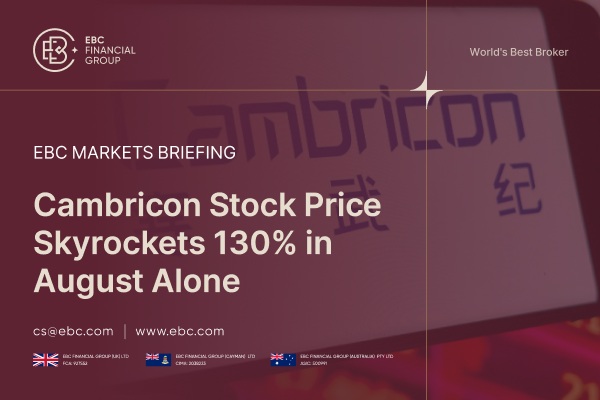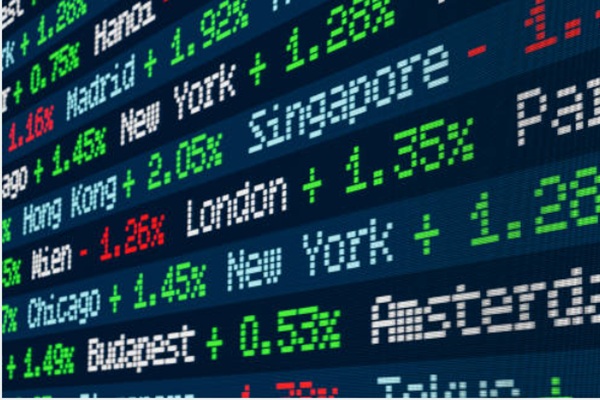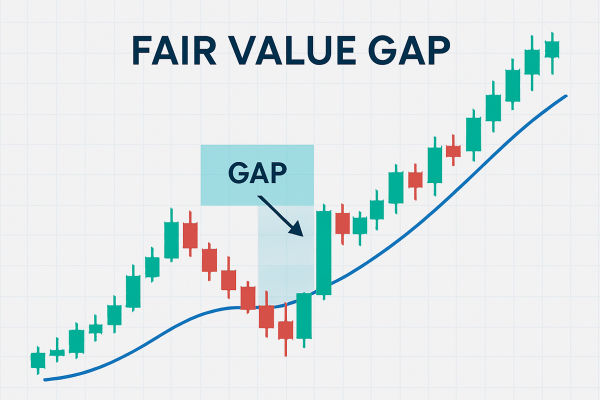Automated forex trading has revolutionised how individuals engage with the foreign exchange market. By leveraging technology, traders can execute transactions automatically based on predefined criteria, reducing the need for manual intervention.
Therefore, beginners can participate in forex trading with increased efficiency and reduced emotional influence. However, what else should beginners know regarding automated forex trading?
What Is Automated Forex Trading
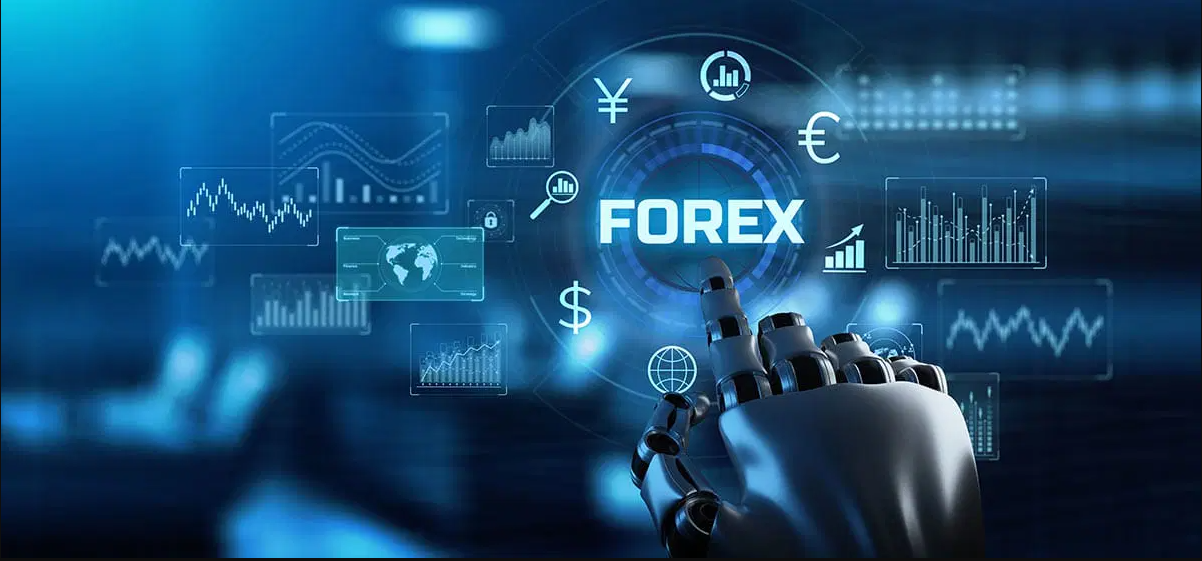
At its core, automated forex trading involves using computer programs to conduct trades on behalf of the trader. These programs, often known as trading robots or Expert Advisors (EAs), are designed to analyse market data, identify trading opportunities, and execute trades based on predefined rules.
This automation allows for continuous market monitoring and swift trade execution, which can be particularly beneficial in the fast-paced forex environment.
Automated Forex Trading vs Regular Trading
Automated forex trading uses software or trading bots to execute trades based on pre-programmed rules. These systems scan market conditions and respond instantly without emotional interference.
Automated Trading is ideal for those who want consistent execution, operate multiple trades simultaneously, or prefer a hands-off approach. It can monitor the market 24/5 and take advantage of minute price movements that human traders might miss. Algorithms can be backtested using historical data to evaluate potential performance before being used in live conditions.
Regular trading, on the other hand, relies on human judgment. Traders manually enter positions based on their analysis of the market, combining technical indicators, price action, news, and experience. This method allows for flexibility and real-time decision-making. Unlike automated systems that strictly follow code, human traders can adapt to market sentiment, breaking news, or unexpected economic events that may fall outside an algorithm's programming. This discretion can be an advantage in volatile or fast-changing conditions.
However, manual trading can be affected by emotions such as fear or greed, leading to impulsive decisions or failure to follow a Trading plan. It also demands more time and focus, requiring constant monitoring of the charts, which can be mentally and physically taxing.
Ultimately, automated trading offers speed, precision, and consistency, while regular trading provides flexibility, intuition, and adaptability. Many experienced traders use a hybrid model, combining both approaches to balance the strengths of automation with the insights of human decision-making.
How to Get Started
For beginners interested in exploring automated forex trading, several steps are essential to ensure a smooth and informed entry into this domain.
1. Educate Yourself
Before diving into automated trading, it's imperative to have a solid understanding of the forex market, trading principles, and technical analysis. Familiarise yourself with common trading strategies and the factors that influence currency movements.
2. Choose the Right Trading Platform
Selecting a reliable trading platform that supports automation is crucial. Platforms like MetaTrader 4 (MT4) and MetaTrader 5 (MT5) are popular choices, offering robust support for automated trading through Expert Advisors. These platforms provide user-friendly interfaces and tools to facilitate automated trading.
3. Develop or Acquire a Trading Strategy
Decide whether to create your own trading strategy or utilise pre-existing ones. Developing a strategy requires a deep understanding of market dynamics and technical indicators.
Alternatively, many platforms offer marketplaces where traders can purchase or lease EAs developed by experienced professionals. Regardless of the choice, ensure the strategy aligns with your trading goals and risk tolerance.
4. Backtest Your Strategy
Before deploying an automated system in a live trading environment, it's essential to backtest the strategy using historical data.
backtesting allows you to evaluate the strategy's effectiveness and make necessary adjustments without risking actual capital. This process helps identify potential weaknesses and optimise performance.
5. Start with a Demo Account
Utilise demo accounts offered by most trading platforms to test your automated system in real-time market conditions without financial risk. This practice provides valuable insights into the system performance and allows you to gain confidence before transitioning to live trading.
6. Monitor and Adjust
Even after deploying an automated system, continuous monitoring is essential. Markets are dynamic, and a strategy that works today may not be effective tomorrow. Remember to review the system's performance regularly, stay informed about market developments, and be prepared to make adjustments as needed.
7. Legal and Ethical Considerations
Lastly, it's crucial to be aware of the legal and ethical implications of automated trading. Ensure that your trading activities comply with the regulations of the jurisdictions in which you operate.
Additionally, be cautious of systems that promise guaranteed returns or seem too good to be true, as the forex market inherently involves risk.
Benefits and Drawbacks
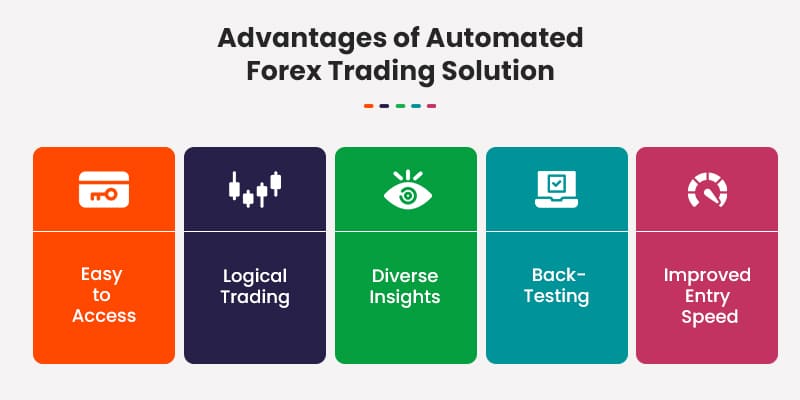
1) Benefits
One of the primary benefits of automated trading is the removal of emotional decision-making. Traders often fall prey to psychological biases that can lead to impulsive decisions. Automated systems operate strictly based on logic and predetermined parameters, thereby mitigating the risks associated with human emotions.
Additionally, these systems can process vast amounts of data at speeds unattainable by humans, enabling the identification of trading opportunities that we could miss. Furthermore, automation allows for trading across multiple currency pairs and markets simultaneously, enhancing diversification and potential profitability.
2) Drawbacks
Despite its advantages, automated trading is not without its challenges. Technical failures, such as connectivity issues or software glitches, can disrupt trading activities and potentially lead to losses. Moreover, while automated systems can execute trades efficiently, they are only as effective as the strategies they are programmed to follow.
Poorly designed algorithms or outdated strategies can result in suboptimal performance. Additionally, over-reliance on automation may lead some traders to become complacent, neglecting the importance of ongoing market analysis and strategy refinement.
Conclusion
In conclusion, Automated forex trading offers beginners a pathway to participate in the currency markets with increased efficiency and discipline.
By understanding the underlying principles, benefits, and potential pitfalls, beginners can make informed decisions and leverage automation to enhance their trading endeavours.
Disclaimer: This material is for general information purposes only and is not intended as (and should not be considered to be) financial, investment or other advice on which reliance should be placed. No opinion given in the material constitutes a recommendation by EBC or the author that any particular investment, security, transaction or investment strategy is suitable for any specific person.




